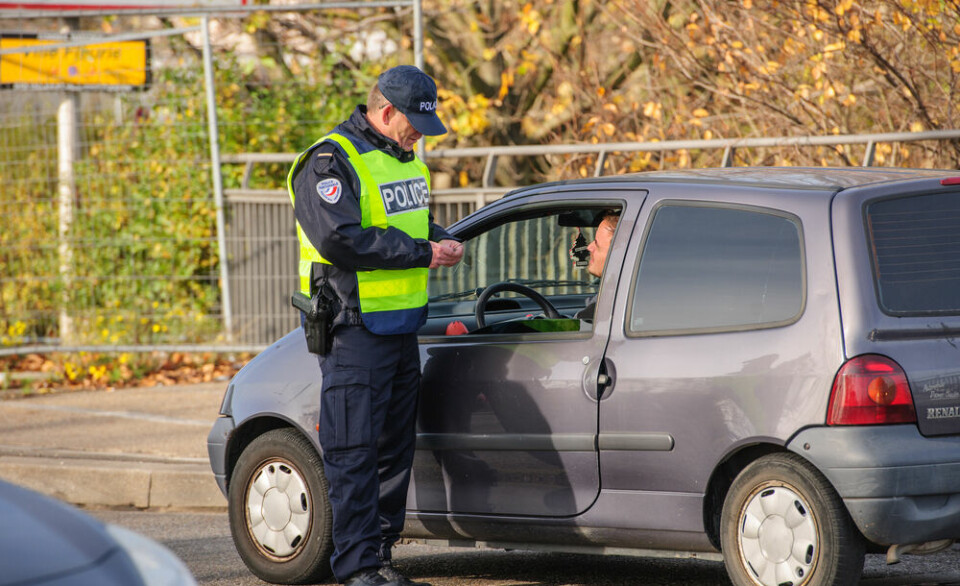-
Update: Americans protest possible consulate closures across France
Rallies took place in Strasbourg, Lyon and Bordeaux on Friday (March 7)
-
How France looks after its historical treasures
Emmanuel Pénicaut, director of collections at Mobilier national, explains the organisation’s vital role
-
English-language poets in France showcased in new anthology
29 poets from a stanza group worked together on the collection
French photographer who captured US history gets retrospective in Nice
The exhibition details how Henri Dauman made a name for himself without expensive equipment or even press accreditation
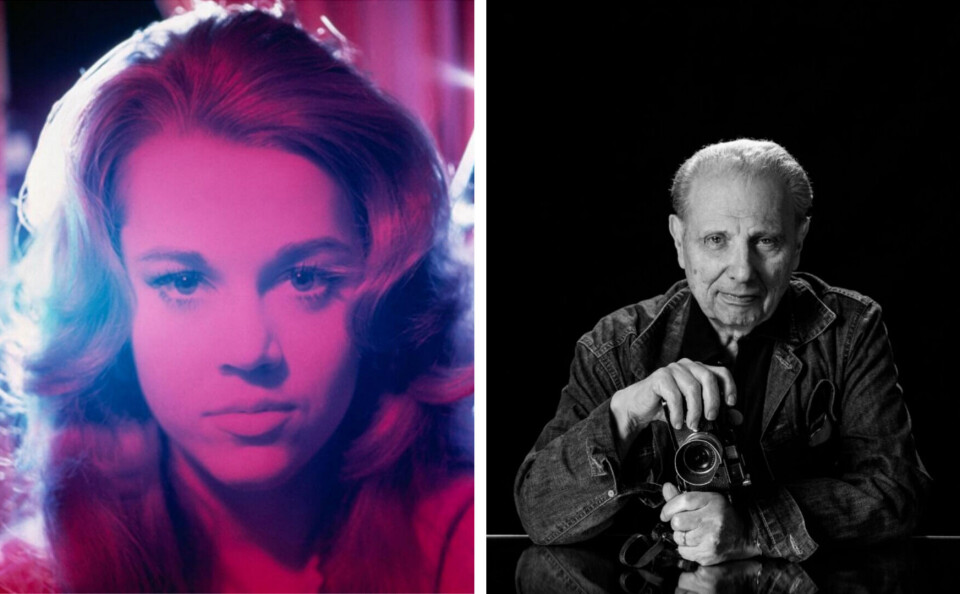
Henri Dauman, the man behind some of the most famous photos of 20th century US history, is the subject of a new exhibition in Nice.
The show, named the Manhattan Darkroom, provides details of the photographer’s life and lays out his most iconic pictures, including ones of Marilyn Monroe, Jackie Kennedy at John F Kennedy’s funeral and Elvis Presley’s return from military service in Germany.
Early in his career, Dauman developed unorthodox tactics to make up for a lack of an adequate zoom on his camera and a press card - he would elbow his way to the front of professional photographers to get the close-ups he wanted and it became his signature.
“Through his determination to succeed and his excellent skills in framing a scene, he had invented a style, which meant that even when he was able to buy better equipment, he chose to continue taking the close-ups in the same style,” Stéphane Tallon, director of the Musée de la Photographie Charles Nègre, told The Connexion.
His French also came in handy. At an event photographing Jackie Kennedy in the late 1950s, Dauman struck up a conversation in French with her. The two got along well so she obtained accreditation for him for her husband’s presidential campaign. In the process, he became close to the family, sometimes being called Mrs Kennedy’s “chouchou”.
This meant that he was accredited for John F Kennedy’s funeral in 1963. His subsequent shot of Jackie Kennedy and John’s two brothers, Robert and Edward, walking in the funeral procession made the cover of hundreds of magazines and newspapers worldwide.
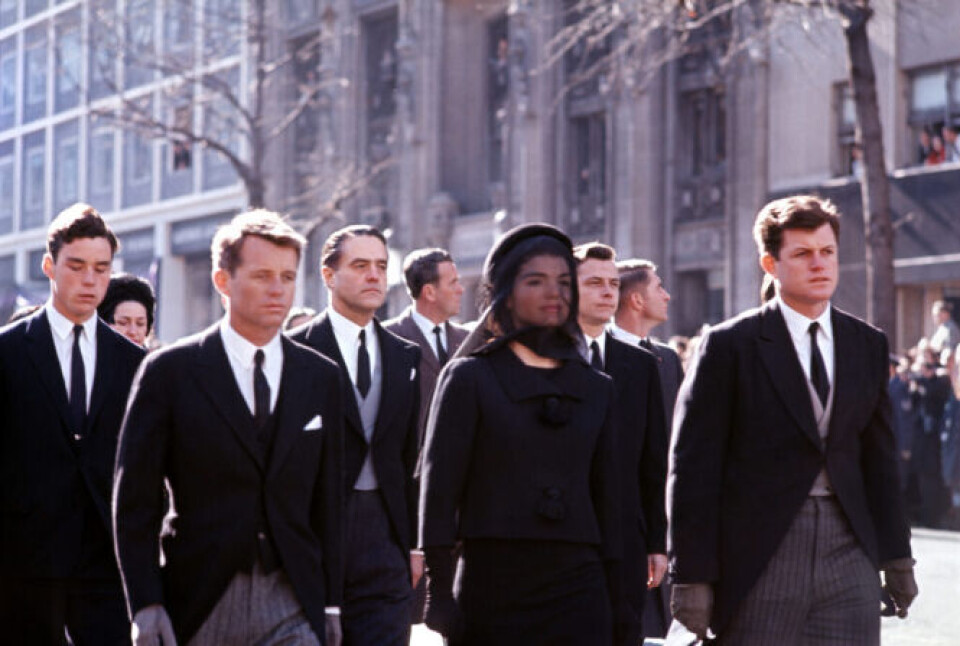
How did he come to be in America?
Orphaned at the age of 13, Dauman moved to New York when he was 17 to join an uncle, called Samuel, he had never met but that the state had traced.
He became a photographer soon after, witnessing and capturing some of the most pivotal moments of US history.
He was due to attend the opening of the exhibition in Nice, which had been planned for the past two years, but passed away in New York in September 2023.
The presence of his widow, daughter and granddaughter made the launch a particularly emotional one.
A gifted, hardworking photojournalist
Dauman had a singular capacity to connect with people, according to Mr Tallon.
He would start a conversation with his subjects before taking their photo, seeking to understand and relate to them.
In the case of Elvis Presley, who had lost his mother a year before their meeting, Dauman was able to sympathise and form a bond with the singer, and used this to take remarkable photos of him.
Dauman did not talk to anyone about his past escaping the Holocaust, except with his wife, and it only came to light recently.
In fact, Dauman’s recognition only began recently, with the original launch of the Manhattan Darkroom exhibition in Paris in 2014, thanks to his daughter Brigitte and granddaughter Nicole.
He never viewed himself as an artist and always put his work forward, not himself.
The exhibition is named after the room in which Dauman spent most of his time in New York, developing his photographs.
His work ethic was incredible – he spent most of his hours, seven days a week, working on photos in his darkroom, at events or in the streets of New York City.
“He was a perfectionist, a man who did the best he could in every situation and you can clearly feel it in his work,” said Mr Tallon.
Death of his parents
Dauman was born in Montmartre to a Jewish family in 1933.
His father, a Polish man named Charles Isaja Dauman, who fought for the Allied Forces in World War Two until France’s defeat, was summoned by the police in 1941. He was arrested and later died in Auschwitz concentration camp.
Dauman and his mother then narrowly escaped the Rafle du Vélodrome d’Hiver, the biggest mass arrest of Jewish people by the police. The young Dauman was sent by his mother to live with a family in the suburbs of Paris, where he changed his identity.
Read more: Audrey Tautou moved to tell tale of artist hunted by Nazis in France
They were reunited after the war but she died in 1946 after being poisoned, along with seven others, by a doctor who bought his supplies on the black market, accidentally killing his patients with lethal aspirin.
He spent the next few years in different orphanages in Paris. At the age of 16, he secured an apprenticeship at a photography studio in Courbevoie, taking portraits of celebrities.
Starting his photography career
Dauman arrived in Long Island in December 1950 aged 17, with all his possessions stuffed in a single bag on his back.
He found a small flat in the Bronx with the help of his uncle, whose wife did not want to house him, and a job at a lingerie factory. He learnt English as he went.
Dauman used his small camera with its short focal length to capture the city around him from all angles in his spare time.
Then, without media accreditation, he started sneaking into important events to take photos as a one-man agency.
With only a small camera without a zoom, and surrounded by a sea of professional photographers with better equipment, his solution was to elbow his way through the crowd to the very front. Sometimes, he was shouted at and thrown out, but he continued undeterred.
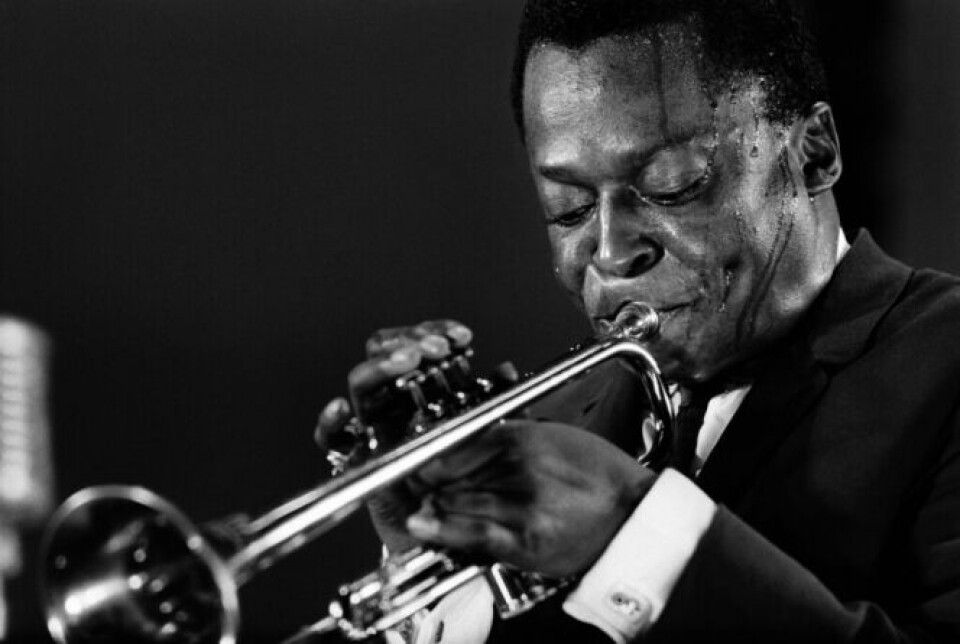
These close-up portraits are what got him noticed by the publications he tried to sell to, thanks their originality.
He started earning a living from selling his photos to agencies and newspapers.
In 1956, he was featured in the New York Times for the first time, and two years later, his photos appeared in Life magazine.
He bought better equipment but, known for his signature style, he continued taking close-up photos and started gaining notoriety in the industry.
Setting a precedent for press copyright in the US
His photograph of Jackie Kennedy at her husband’s funeral was not only culturally significant, but also proved to have legal ramifications over 30 years later.
Andy Warhol duplicated the photo for his work called ‘Sixteen Jackies’, which Dauman accepted on the basis that he knew the artist and appreciated the image was being valued and used for artistic purposes.
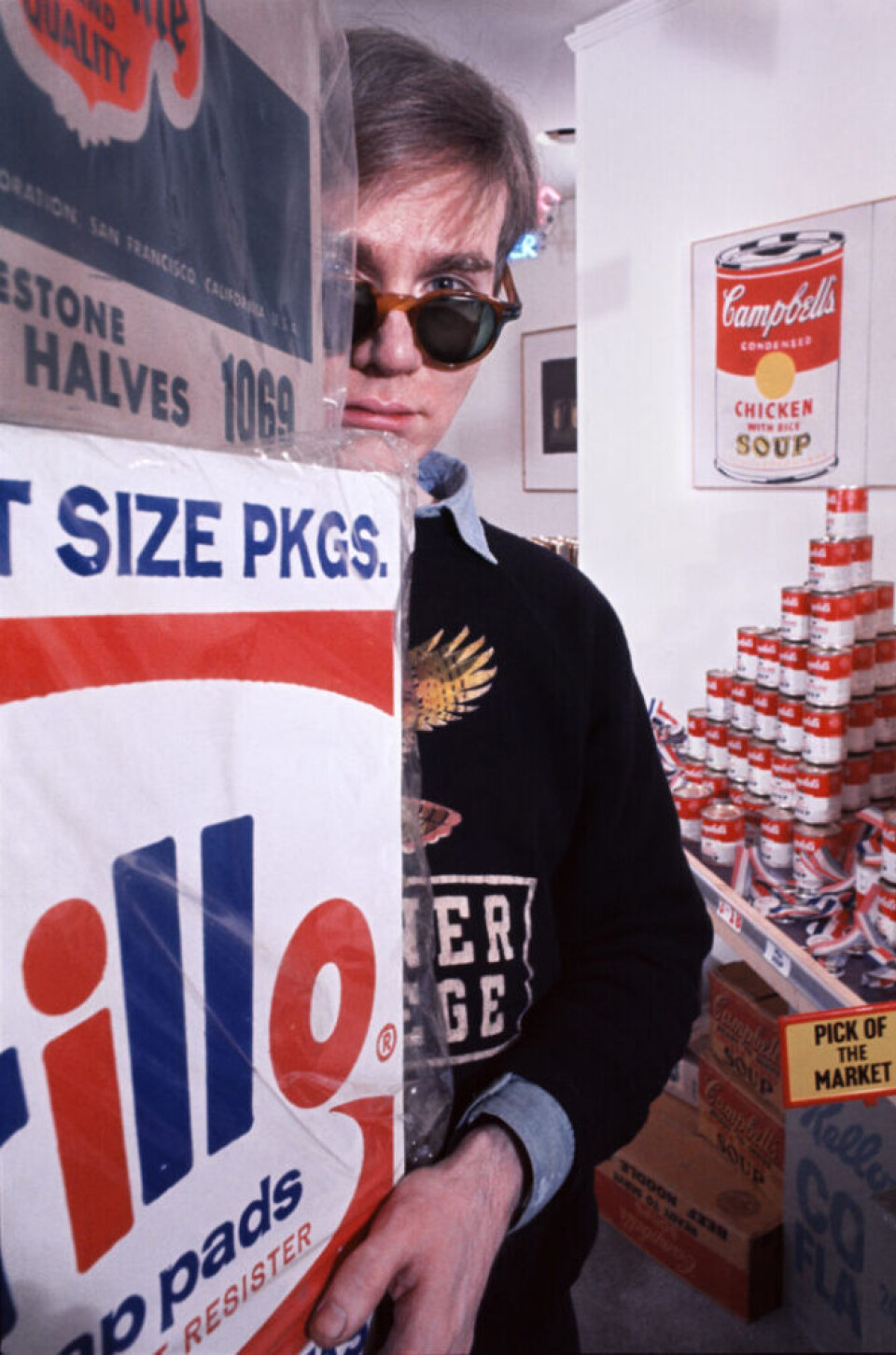
However, after Warhol’s death a foundation was created in his name to sell products derived from his works, including ‘Sixteen Jackies’.
Dauman sued the Andy Warhol Foundation for using the photo without his permission. The trial lasted years but he won, and a precedent around the use of press photos was set in US law.
French nationality
Dauman lived all of his adult life in New York, though he travelled the world as a photojournalist.
He never applied for American citizenship, always conserving his French nationality.
Mr Tallon believes this was probably out of respect for his French roots and his childhood in Paris, as well as in memory of his parents.
He is now considered as perhaps the most important French photojournalist in US history.
Looking Up
Four times a day, the exhibition plays an 80-minute feature film about Dauman called ‘Looking Up’.
It tells the story of the photographer, starting from his childhood in France, with many anecdotes from Dauman himself and others.
It is an “extraordinary, extremely moving film,” according to Mr Tallon, “the kind that when you sit to watch a couple of minutes, you end up watching the whole thing.”
It may be featured at the next Festival de Cannes.
The exhibition is taking place at the Musée de la Photographie Charles Nègre in Nice until May 26. Entry is €5 and free for students, under-18s and residents.
Read more
Marguerite Durand: the force of France’s first feminist journalist
‘I drew in five minutes the absolute pain of a lifetime’










